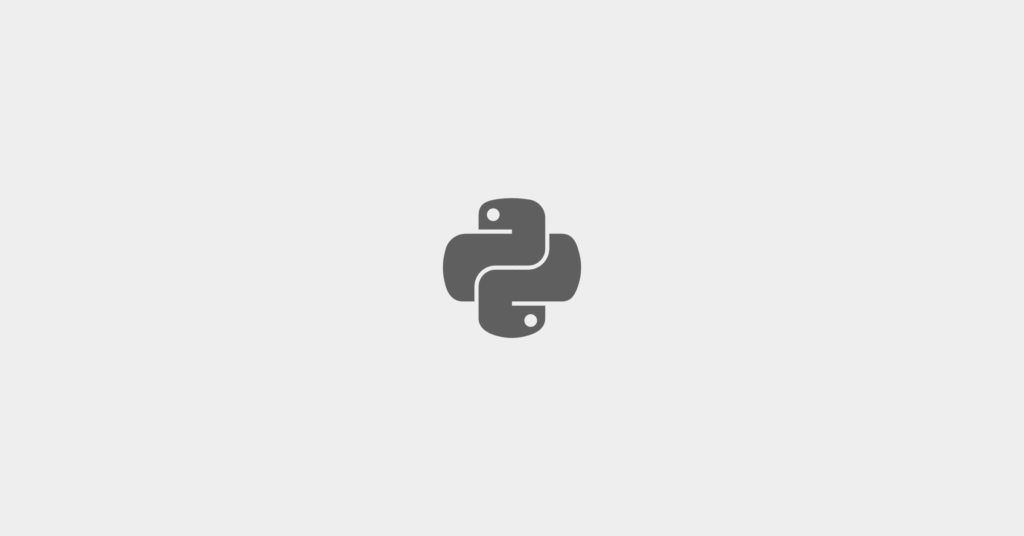Business Observability: Everything Fintech Companies Want to Know

Fintech companies operate in a complex technological and regulatory environment. They rely heavily on cloud-native technologies and microservices architectures to handle financial transactions and data, often at a massive scale. To maximize application reliability, fintech companies need full visibility into their software systems and applications.
An agile monitoring solution like observability is crucial to improving performance and user experience. Observability practices like metrics collection, distributed tracing, and log management provide companies with full visibility into the health and performance of their applications.
This article will go over what business observability is, why it’s important and five steps you need to take to achieve business observability.
What is business observability?
Business observability is how you collect and manage business data in an automated way. Business observability grants you visibility into what’s happening across your organization and teams.
With business observability, your day-to-day operations can run smoothly. Your business will begin to monitor and track your KPIs in real-time, identify trends and opportunities, and make data-informed decisions.
How to achieve your business observability goals
1. Data security
Data security is a major concern for fintech providers. For instance, a recent poll from Imperva reports that 45% of consumers will no longer use a service after it has experienced a data breach. Therefore, ensuring the security of sensitive financial data of your users is critical to your business continuity.
With business observability, you can monitor transactions and transaction data in real-time to uncover fraud or other security incidents. Observability data provides audit trails to monitor access and changes to sensitive customer data, making it easier to identify, isolate, and reduce the blast radius of compromised transactions or system functions.
And most importantly, observability data helps in root cause analysis to determine the causes of any incidents. By tracking the pathways of suspicious transactions using logs and metrics, you can better identify threats and deal with them before they compromise your system.
2. Industry regulations and compliance
The finance industry is highly regulated due to the sensitivity of the financial data handled by companies in this industry. Fintech companies need to manage their data properly to ensure they are in compliance with all regulations—and business observability is the perfect solution.
With observability tools, you can easily demonstrate compliance with data privacy requirements like the GDPR by tracing how data is collected, stored and used throughout the customer journey. Business observability tools also help you monitor data access and usage to determine who is accessing what data and how they are using it. The observability data provides visibility into unauthorized access or data misuse.
Coralogix’s alerting function allows you to set up alerts for policy violations, making it easy to detect when data governance policies, such as unauthorized access, are violated. In the event of a data breach, observability data makes it easy to determine the scope and impact of the incident. Providers can use this data to meet regulatory requirements for reporting and responding to incidents in the specified timeframe.
3. Personalized user experience
While security is always at the forefront of considerations for fintech companies, customer experience usually comes as an afterthought, according to a recent report by Zendesk. In an industry where reliability is paramount to business success, fintech companies have to rethink their approach to user experience.
Business observability can help you understand how customers navigate their platforms through analyzing logs and metrics from usage. Armed with this type of data, you can tailor the user interface for different segments of your customer base.
Business observability data also helps identify error spikes, increase in customer support usage, and identify customer service gaps. These datasets represent opportunities to improve how users interact with your application.
Observability platforms can also help identify consumer trends and match your customers with the right offers, products and solutions. With Coralogix, you can collate customer complaints from multiple touchpoints like online forms, customer service calls and even branch visits. This data can be matched to customer profiles to make it easier to resolve issues without compromising data fidelity.
4. System reliability
System reliability is another core component of user experience, especially for fintech providers. Downtimes, even if they are from minor issues like system errors or major ones like data breaches are bad news for any fintech company.
Users do not want to bank with a company that can be offline at the moment they need to make a vital transaction. Therefore, fintech providers need to reduce the occurrence of outages and also minimize their impact if they do occur.
Observability tools provide preventive monitoring that can help you identify and prevent threats before they turn into incidents.Observability data enables development teams to gain insight into how changes and updates can impact the system, allowing them to rollback risky changes before they cause downtimes or impact the customers.
By using data to identify subtle changes that can compound over time, business observability allows fintech companies to move from reactive problem solving to proactive application performance management.
5. Managing third-party dependencies
Fintech companies rely on a variety of third-party systems to function efficiently, such as payment processors, banking APIs, identity verification systems, and cloud providers. A failure in any of these systems will impact the overall performance of the company.
Fintech providers can use observability tools to monitor the interdependency layers and identify failures before they impact the system. Business observability data can also be used to ensure that third-party service providers are meeting the stipulated agreements in their SLAs. By monitoring usage data around these third-party services, fintech companies can gain insight into how their users are interacting with them and optimize them.
Take fintech to the next level
Data visibility is the key to future success for fintech providers. Business observability provides fintechs with the functionality needed for uptime, compliance, and reliability, enabling them to move from reactive firefighting to proactive issue fixing.



